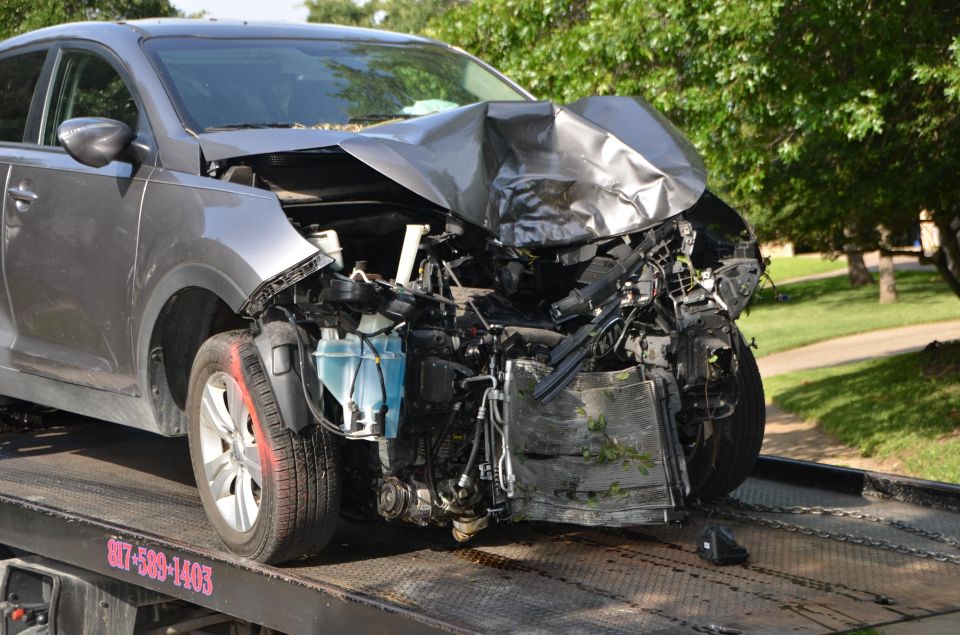

William Stopford
Every SUV, ute and van discontinued in Australia in 2025
1 Hour Ago
State and federal governments want to slash the road toll, yet since introducing their latest reduction strategy the death rate is up.

Senior Contributor


Senior Contributor
Australia’s governments are failing in their quest to reduce road trauma and are unable or unwilling to get to the heart of the problem, says the peak body for Australia’s state-based motoring clubs.
The Australian Automobile Association (AAA) this week issued a scathing assessment of the governments’ road safety strategies, going as far as to question their commitment to reducing road trauma at all.
The AAA’s members include the NRMA, RACV and RACQ, among other state-based motoring clubs.
The Federal Government’s current National Road Safety Strategy 2021-2030 (NRSS), signed by state and territory transport ministers as well as the Federal Government, has a goal of halving road deaths and reducing serious injuries by 30 per cent by the end of this decade.
The NRSS also sought to achieve zero deaths of children under 7, zero deaths in city CBD areas, and zero deaths on all national highways by the same 2030 deadline.

The decade-long strategy is off to a bad start. The 2022 road toll was higher than 2021’s, and 2023’s road roll year-to-date is higher again. There were 1204 deaths on Australian roads in the 12 months to March 31 of 2023 – an increase of 5.9 per cent.
This is also not attributable to population growth, considering the annual fatality rate per 100,000 population grew 4.2 per cent.
Every state and territory – except New South Wales – fell short of agreed road safety targets.
Worse, AAA modeling shows the national road toll is in fact 19 per cent higher than where it would need to be if the strategy was on track to meet its targeted pro rata reduction – a figure equivalent to 193 excess deaths.
Of key importance to the AAA is the claim that governments have not yet developed a national data system that can quantify national serious injuries, despite this being a longstanding priority issue for road transport agencies.

The full data set is instead held by state governments and not harmonised into national figures – unlike the top-level road toll figures which do see the light of day.
“There is still no national data on crash causes, serious injuries, road quality, or details on the people and vehicles involved,” contends AAA managing director Michael Bradley.
“This means we still cannot measure national serious injuries. Nor do we know incidences of deaths in city CBD areas, or on national highways and high-speed roads that cover 80 per cent of travel across the transport network.
“These are both NRSS targets. Only two of the Strategy’s five key performance indicators – total national deaths and deaths of young children – can be accurately measured.”
The Federal Department of Infrastructure, Transport, Regional Development, Communications and the Arts (one department) issues monthly bulletins showing road deaths by jurisdiction, road user, age group, gender, crash type, posted speed limit, and time of day.
You can read an example report from March 2023 here.

Mr Bradley is calling for reform in which the Federal Government would require states to provide data relevant to NRSS targets as a precondition to receiving Commonwealth funding for roads.
“The AAA strongly endorses these trauma reduction targets, but governments must report the data needed to measure progress and prevent future trauma,” he said.
“Road deaths have increased over the past five years, and a lack of road trauma data reporting makes it difficult to understand the reasons for this trend and to identify the measures needed to prevent them.
“The unwillingness of governments to collect or report data needed to measure targets undermines the Strategy’s credibility and inhibits an evidence-based response to Australia’s worsening road safety performance.”
In a separate email, Mr Bradley offered some even firmer quotes:
“This report raises serious questions about the Government’s commitment to road trauma reduction,” he said.

“You can’t improve what you don’t measure, and when it comes to Australian road trauma, the Commonwealth Government measures very little.
“The families of victims deserve to know governments are learning from each crash and taking steps to prevent others suffering the same fate.
“Until governments report against the targets they set, Australian road spending will continue to be a political football.
“Motorists deserve data-driven funding decisions because saving a life is more important than saving a marginal seat.”
Road deaths in Australia
Source: BITRE.gov.au
MORE: Why is Australia’s road toll up, despite speed cameras and safer cars?


William Stopford
1 Hour Ago


Ben Zachariah
2 Hours Ago


Derek Fung
3 Hours Ago


Matt Campbell
9 Hours Ago


William Stopford
1 Day Ago


Josh Nevett
1 Day Ago